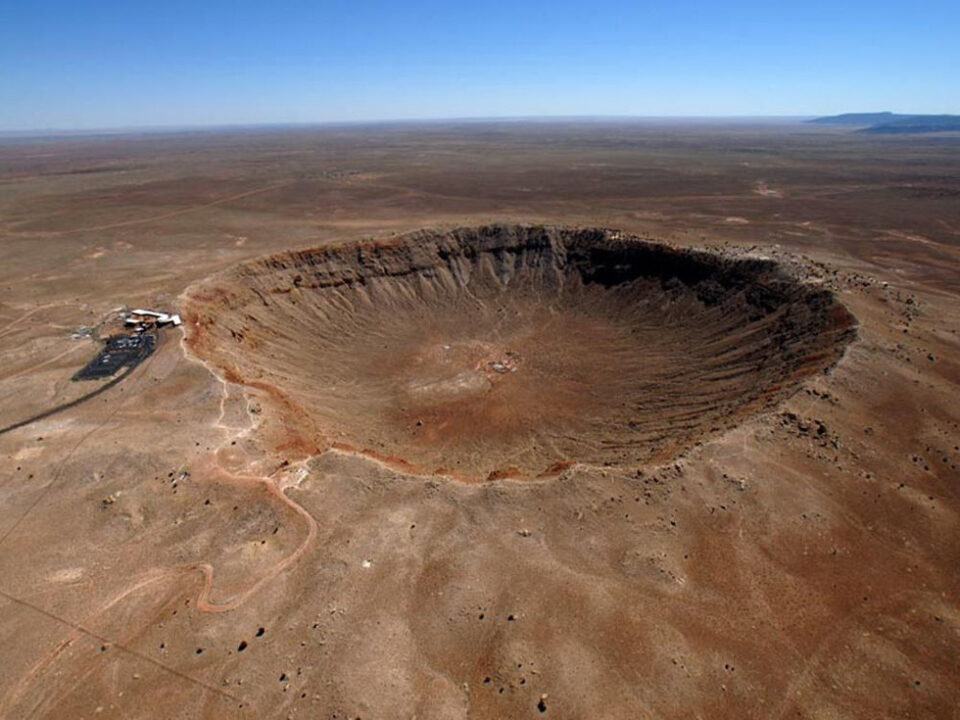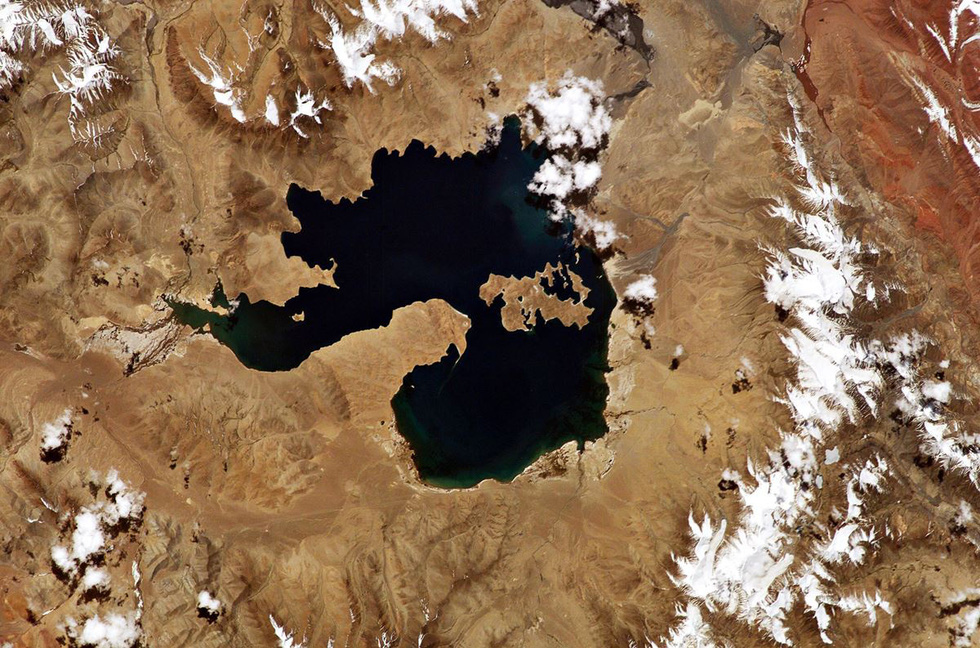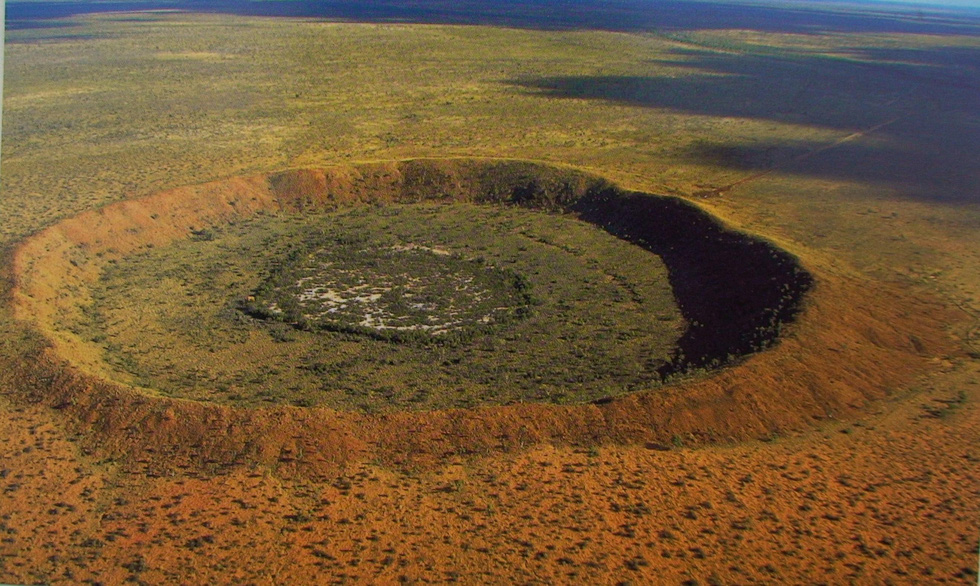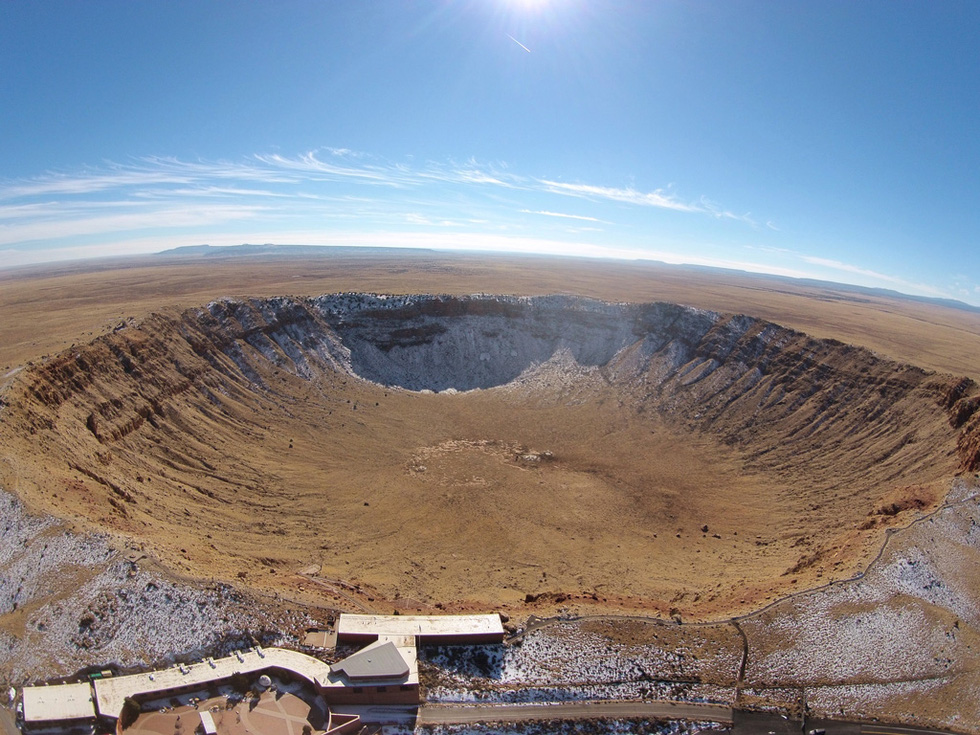Recently, a giant asteroid crater dating back more than 100 million years was discovered while mining for gold in Australia. But it’s still not the “biggest” meteor crater on Earth.
The group of calculations, the hole diameter of which can be up to 5 km, is in the group of craters with the largest size today. Dr Jayson Meyers also limited and determined the circumference of the hole.
Using carbon analysis, the team initially predicted that this crater formed over 100 million years ago, in the Cretaceous Period. It is also the flourishing period of the dinosaurs.
Currently, the team is further analyzing the physical properties within this area. The team examined the impact of this meteor hole on its environment.
The craters were formed by collisions between Earth and meteorites many years ago. The impact of a strong force pushed the ground back inward. For hundreds of millions of years, many pits have been restored by sediment and rocks.
Until now, scientists have known that about 180 meteor craters still retain the structure, most of which are “open” holes. Some meteorite craters are unbelievably large and old.
Also located in Western Australia, Yarrabubba is often considered the oldest meteorite crater on Earth. The pit has a diameter of nearly 70 km (white dotted circle) but only a small part is “exposed”. The team from Curtin University (Australia) analyzed the isotopes of the minerals zircon and monazite and determined that this hole formed about 2.2 billion years ago, which is about half the age of the earth.

Karakul Hole in Tajikistan. Located at an altitude of 3,900m above sea level, Karakul is often considered one of the tallest meteor craters in the world. The pit is estimated to be around 25 million years old. Today the pit is located in the Tajik National Park, recognized by UNESCO as a World Heritage Site in 2013
Located northeast of the Great Sandy Desert (Western Australia), the Wolfe Creek Trench is almost intact. According to scientists, Wolfe Creek is about 880m wide, about 55m deep. The hole is quite “young”, formed no more than 120,000 years ago when a meteorite fell to Earth at a speed of about 15 km / s.
Barringer is one of the world’s most famous meteor craters in America. Barringer is about 170 m deep, about 1.6 km in diameter, often considered the largest intact meteorite crater “open-air” today.








